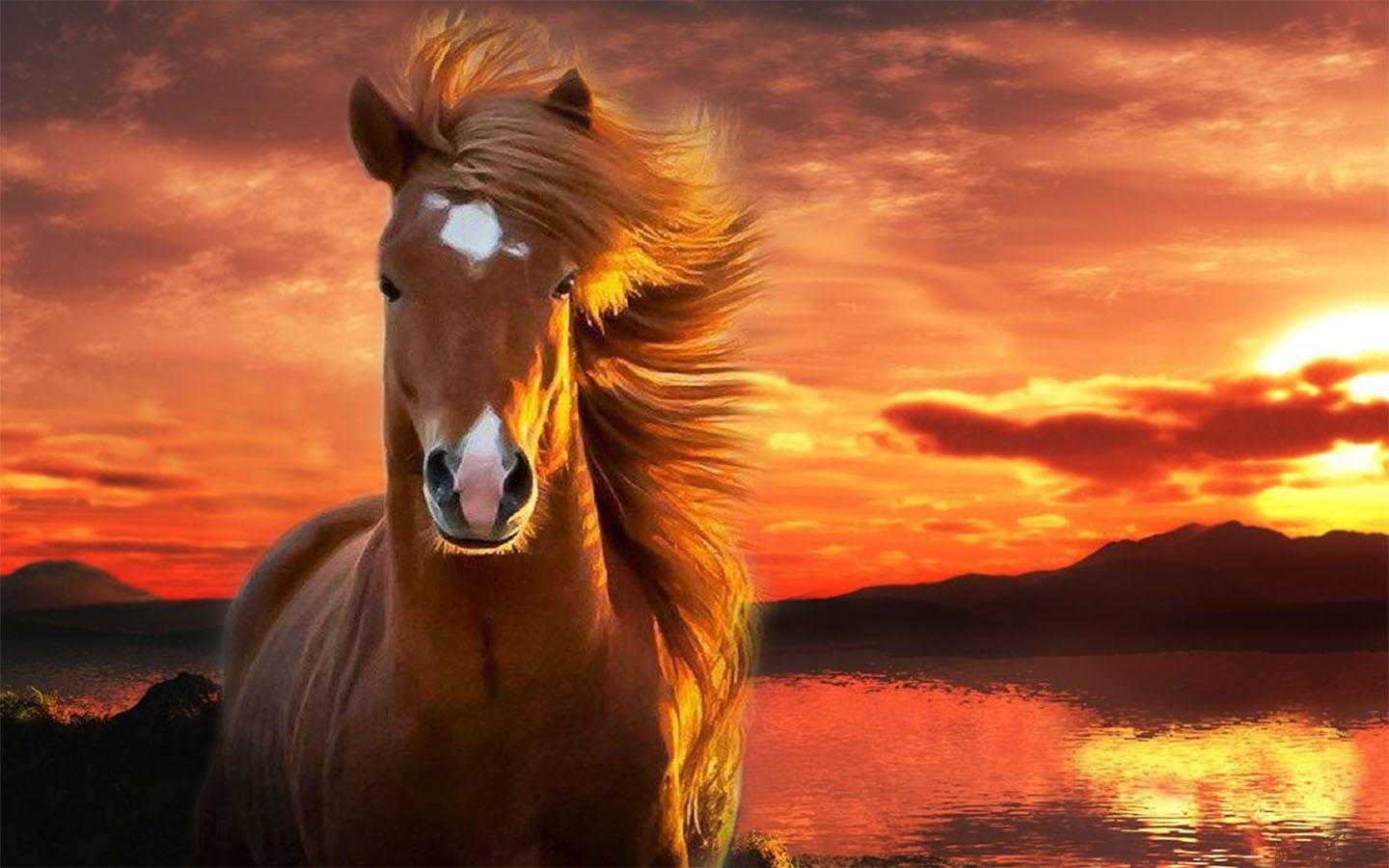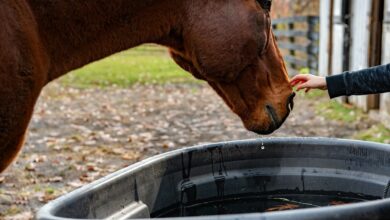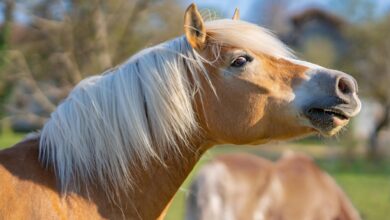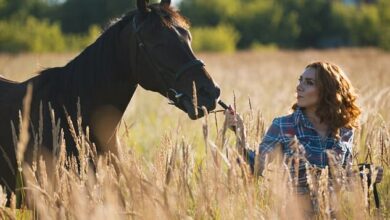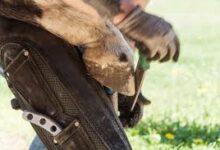Determining the age of a horse can be a bit tricky, especially if you don’t have access to its pedigree or registration papers. However, there are several physical and behavioral characteristics that can give you clues as to the horse’s age. Here are some ways to determine a horse’s age:
- Teeth: One of the most reliable ways to determine a horse’s age is to examine its teeth. Horses have two sets of teeth in their lifetime, deciduous teeth (baby teeth) and permanent teeth. As a horse ages, its teeth will change in shape and wear, which can give you an idea of its age. For example, a young horse will have straight, sharp teeth, while an older horse will have teeth that are more worn down and may have gaps or missing teeth.
- Coat: A horse’s coat can also give you an idea of its age. Young horses typically have soft, shiny coats, while older horses may have graying or dull coats. Older horses may also have white hairs around their eyes, muzzle, and other areas.
- Eyes: The eyes of a young horse are typically larger and more expressive than those of an older horse. Older horses may have cloudy or sunken eyes, which can indicate age-related changes.
- Behavior: A young horse will typically have more energy and enthusiasm than an older horse. Older horses may be more set in their ways and may require more encouragement to perform.
- General Health: The overall health and condition of a horse can also give you an idea of its age. Older horses may have a more prominent spine or hip bones, and may be more susceptible to health issues such as arthritis or dental problems.
It’s important to note that these methods are not foolproof and may not always give you an accurate age. However, by examining a combination of physical and behavioral characteristics, you can make an educated guess as to a horse’s age. If you need a more accurate age, it’s best to consult with a veterinarian who can perform a dental exam or other diagnostic tests to determine the horse’s age.

